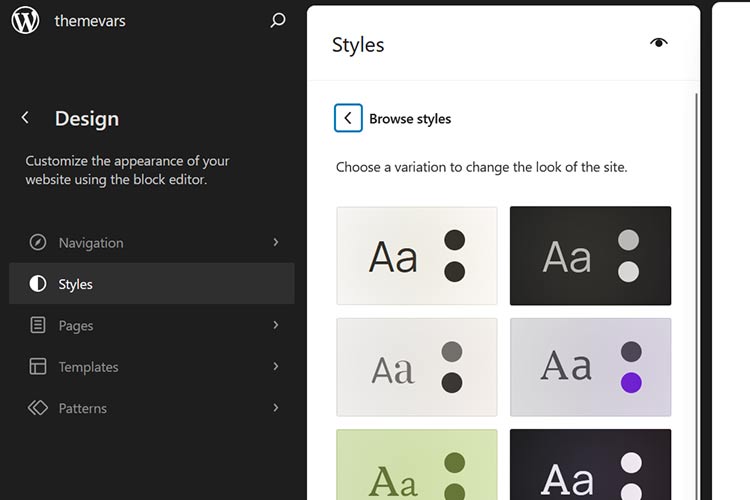Scaling a SaaS (Software as a Service) business to handle growing user demand is a pivotal challenge that organizations face as their user base expands. Properly managing this growth is essential to maintaining service quality, ensuring customer satisfaction, and achieving sustained success. This article explores best practices for scaling your SaaS effectively, with a focus on infrastructure, performance optimization, customer support, and team management.
Understanding Scalability and Its Importance
Scalability refers to a system’s ability to handle increased loads, often exemplified by more users, transactions, or data, without compromising performance. For SaaS providers, scalability ensures consistent service delivery as demand increases. Failing to scale properly can lead to reduced performance, outages, and negative user experiences, ultimately affecting business reputation and revenue.
Infrastructure Scaling
Cloud Services
Cloud services provide the flexibility and resources needed for scaling. Using providers like AWS, Azure, or Google Cloud enables you to quickly adjust your infrastructure to meet demand. Implementing auto-scaling features allows resources to be dynamically allocated, ensuring efficiency and cost-effectiveness.
Microservices Architecture
Transitioning from monolithic architecture to microservices enhances scalability by allowing individual components to be deployed and managed independently. This modular approach improves resilience and makes it easier to update or scale specific parts of the application as needed.
Load Balancing
Load balancing distributes incoming traffic across multiple servers to ensure no single server becomes overwhelmed. By optimizing this distribution, you can maintain performance levels as demand increases. Implementing tools like NGINX or HAProxy helps achieve efficient load balancing.
Performance Optimization
Database Optimization
As user demand grows, the database can become a bottleneck. Employ techniques like query optimization, indexing, and caching to enhance performance. Choosing the right database solution, whether SQL or NoSQL, based on your data needs, is key to maintaining scalability.
Content Delivery Networks (CDNs)
CDNs cache and distribute content to servers closer to users geographically. By reducing latency, CDNs improve load times and user experience, particularly for those accessing your service from remote locations.
Efficient Code Practices
Regular code reviews and refactoring are integral to keeping your application efficient. Employ best practices, such as optimizing algorithms and minimizing resource usage, to ensure your application scales effectively with increasing demand.
Customer Support and Experience
Proactive Support
Invest in proactive customer support by using tools that anticipate user issues before they escalate. Implementing chatbots and AI-driven support can address common questions and free up human support for more complex queries.
Feedback Loops
Establish feedback loops with customers to continuously improve your service. Collecting and analyzing user feedback helps you identify areas for improvement and anticipate future demands, allowing your SaaS to evolve with your user base.
Team Management
Building a Scalable Team
As your SaaS scales, so does your team. Focus on hiring skilled staff who are adaptable and align with your company culture. Encourage continuous learning and development to prepare your team for evolving challenges.
Agile Practices
Implement Agile methodologies to foster a flexible and responsive team environment. Agile practices like Scrum or Kanban enhance communication, improve project management, and accommodate rapid changes in user demand or market conditions.
Monitoring and Security
Continuous Monitoring
Implement continuous monitoring to identify and resolve issues promptly. Tools like New Relic or Datadog provide insights into system performance and user behavior, aiding in making informed scaling decisions.
Security Measures
With more users comes an increased risk of security threats. Regularly update and patch your systems, employ strong encryption, and conduct security audits to protect user data and maintain trust.
The Role of Automation
Automating Redundant Tasks
Automation helps in managing increased workloads efficiently. Automate repetitive tasks, such as updates and backups, to reduce the risk of errors and free up your team to focus on strategic initiatives.
CI/CD Pipelines
Continuous Integration and Continuous Deployment (CI/CD) pipelines streamline the development process and accelerate the delivery of updates. This approach reduces downtime and allows you to respond swiftly to user demands and market changes.
Cost Management
Monitoring Resource Utilization
Effectively monitor resource usage to prevent overspending. Use cost management tools provided by cloud platforms to track expenses and optimize resource allocation.
Pricing Strategies
Reevaluate your pricing strategies to align with value delivered and market conditions. Offering tiered pricing or usage-based models can help monetize increased demand effectively.
Conclusion
Successfully scaling your SaaS to meet growing user demand involves a strategic approach that encompasses infrastructure, performance optimization, customer experience, team development, and financial management. Embracing the best practices outlined in this article ensures a smooth transition through periods of growth, maintaining service quality and customer satisfaction. Stay agile, continuously adapt, and prioritize scalability to drive long-term success in the competitive SaaS landscape.


0 Comments